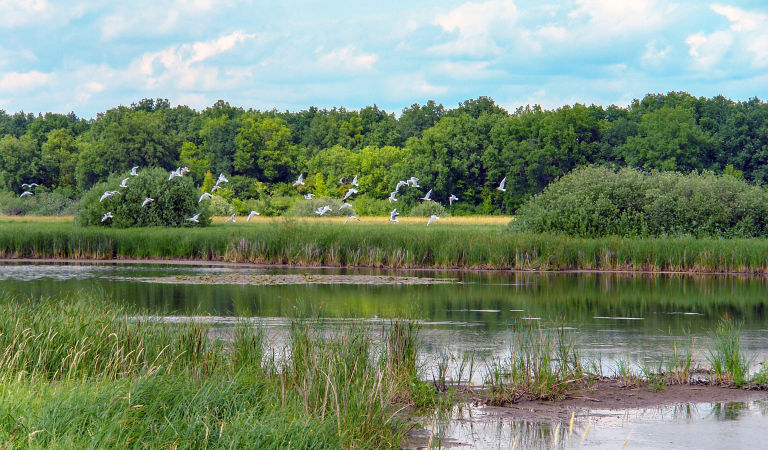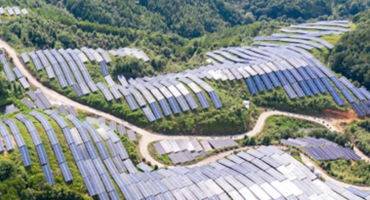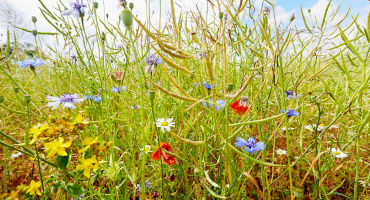Climate change and biodiversity
As carbon emissions accumulate, research indicates that a growing number of species will be exposed to potentially dangerous climate conditions, which may threaten their long-term viability. Our team believes that biodiversity research is the next logical step in understanding and addressing climate-related risks. Many natural resources, including soil, permafrost, and forests, are major carbon sinks. Healthy above-ground and below-ground ecosystems, including coral reefs, mangrove forests, and many others, can help mitigate the adverse impact of a changing climate.
There is no single metric to capture the extent of biodiversity loss, but scientists observe growing evidence of rapid acceleration. According to the WWF’s Living Planet Report 2022, global wildlife populations have plummeted by 69% on average since 1970, 3 while a 2019 IPBES report found that one million species face extinction, which, for many, could be within decades.4
Economic cost of biodiversity loss
Healthy ecosystems are vital to the long-term viability of our economy and society. In our view, natural capital can no longer be considered as a cost-free input into business processes, but rather as an asset that needs to be preserved and accounted for. Capturing the full extent of the potential economic impact of biodiversity loss is challenging, however. Data is currently unreliable and inconsistent, companies and governments both benefit from biodiversity and contribute to its loss, and industrial production supply chains contain hidden dependencies and have extensive impacts on biodiversity.
Estimates from the World Economic Forum (WEF) give an idea of what is at stake. WEF calculations suggest that approximately US$44 trillion of economic value generation — more than half of the world’s total GDP — is moderately or highly dependent on nature, with the three sectors that it considers the most dependent on nature (construction, agriculture, and food and beverages) generating close to US$8 trillion of gross value added, roughly twice the size of the German economy. 5
We are already witnessing significant economic damage from biodiversity loss. In its 2019 assessment, IPBES found reduced productivity in 23% of the global terrestrial area and up to US$577 billion of annual global crop output at risk due to pollinator loss. The IPBES assessment also paints a bleak picture of marine biodiversity loss as various forms of pollution have produced more than 400 ocean “dead zones,” totaling more than 245,000 km2 — a combined area greater than the United Kingdom.













